I’ve just returned from leading a study tour in Israel for Boston civic leaders. Fifteen of us spent nine days in Israel and the Palestinian Territories. Our expectations were challenged. We sought a deeper understanding of the reality beyond the headlines of this place. What we heard and saw frustrated us, but we also found inspiration and possibility.
A settler spokesperson made a compelling argument for the Jewish connection to where she lives. She told us that the time has come for Israel to annex the entirety of the West Bank but she gave no plausible response when asked how such a state can remain both Jewish and democratic. Another Israeli, a human rights activist, offered a compelling case for shining a light on the darker side of Israeli control over Palestinian lives. She, however, declined to answer a question about how to achieve peace. An “irresponsible” response, one participant called it, frustrated.
Frustration carried over to our visit to Ramallah, a place of complexity. People are angry with Israel and this state of occupation, but also with the Palestinian Authority. We are repeatedly reminded that President Abbas is in his eleventh year of a five year term. Looming over the city is an obscenity, an estimated $13 million presidential palace built this year. One need only look up at this extravagant monument on a hill for a reminder that the Palestinian leadership has abandoned the needs of their people in service to self-aggrandizement. No wonder that Fatah doesn’t want to face the people in municipal elections this October.
Many Israelis also express frustration with their leadership, saying that the national government lacks vision, or plans for the future. From the left and the right they complain about the lack of accountability at the highest levels.
But on a more local level, we also found inspiration. Over and over, people talked about solving problems through local initiatives. “Simple solutions to big challenges” is almost a mantra.
In Lod, a school principal found innovative ways to integrate children of African migrants. In Tira, an Israeli-Palestinian educator started her own supplementary educational systems to prepare Arab girls for successful careers and fully integrated identities as Palestinian citizens in Israel. In the Gush Etzion bloc, Jewish and Palestinian activists are establishing a dialogue through Shorashim (Roots), learning to see each other as people beyond the stereotypes to which they are accustomed. In Jerusalem – to our amazement – a Palestinian, a secular Russian Jew, and a Hasidic Orthodox woman came together over dinner to tell us about the work that they and others are doing – through the ‘Jerusalemite Movement’ – to build a vision of their city as vibrant, pluralistic and inclusive.
I came away with the recognition that we can – and should – do more to support efforts on the ground that address national challenges through simple solutions and that build connectivity amongst Israel’s ‘tribes’ and between Israelis and Palestinians. We cannot impose a two-state solution tomorrow – frankly if someone did, it would not bring a lasting ‘peace.’ But we can – and should – keep the potential for this vision of two states – the only vision that ensures Israel’s status as a Jewish and democratic state while also ensuring a Palestinian right to self-determination in their own state in a shared homeland – alive by fostering interactions. We can – and should – support those who are working to build trust, who are, despite their qualms with their national leaders, working to keep the door open and build the potential for something better in the future.
May it come soon.
Shabbat Shalom,
Jeremy




